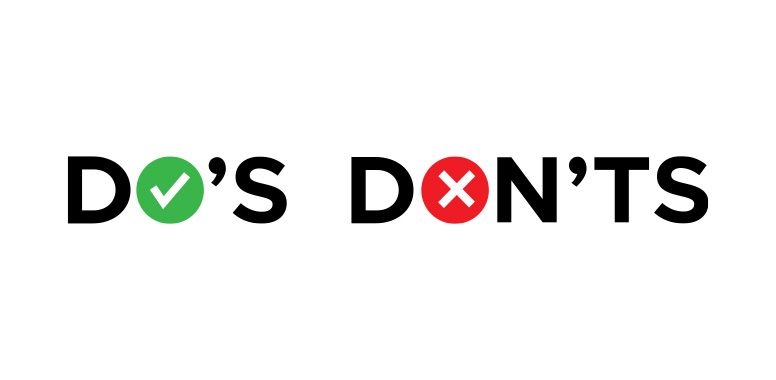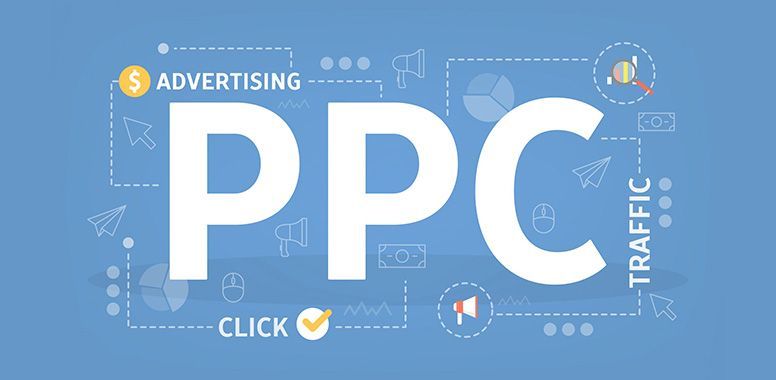Pricing Insights for Beginners: A Guide to Setting Your First Prices
As online shopping becomes increasingly dominant, precise pricing is essential. Achieving the right price for your products and services can feel like a balancing act, especially with today's savvy shoppers who love to compare deals.
For online sellers, this means you have to stay sharp and competitive. Tweaking prices in real-time can win you more customers and drive up sales.
4 Reasons Why Your Pricing is Powerful
Pricing your products effectively is a game-changer in influencing online shoppers' purchasing decisions. Here are some of the factors why it's essential for sellers to meticulously manage and optimize their product prices.
Pricing Drives Customer Purchasing Decisions
The price of a product is usually the first thing online shoppers notice. It's crucial in deciding whether they will buy or not. If prices are too high, shoppers might think it's not worth it and look elsewhere. If prices are too low, they might think the product is of poor quality. Effective pricing finds the right balance, making customers feel they are getting good value for their money.
Effective pricing strikes a balance, convincing customers they are getting the best value for their money.
You Can Benchmark Your Product’s Competitive Edge
In a saturated market, strategic pricing is a key differentiator. Online shoppers have the power to compare prices across various sellers quickly, and competitive pricing can help a business stand out. By offering prices that reflect the value and meet consumer expectations, businesses can attract more customers and increase market share. Moreover, competitive pricing isn't just about being the cheapest option; it’s about offering the right price for the perceived value, quality, and brand reputation.
Building Customer Trust and Loyalty
Transparent and fair pricing fosters trust and loyalty among customers. When consumers feel they are getting good value for their money, they are more likely to return for repeat purchases and recommend the brand to others. Consistent pricing strategies that reflect fairness and value can build a strong, loyal customer base over time, which is invaluable for sustained business growth.
Responding to Market Trends
The eCommerce landscape is continually evolving, and pricing strategies need to be agile to keep up. Market trends, economic shifts, and changes in consumer behavior all influence how products should be priced. Businesses that stay attuned to these changes and adjust their pricing strategies accordingly can maintain relevance and competitiveness. For example, during economic downturns, offering promotions or discounts can attract budget-conscious consumers, whereas in a booming economy, premium pricing for high-quality products may be more effective.
Main Pricing Strategies for Your Products
Pricing strategies for your products involve different techniques and models to set the right prices that align with your business goals, market demand, and customer expectations. These strategies can include:
Cost-plus pricing is a straightforward pricing strategy where a business determines the selling price of a product by adding a specific markup to its total cost.
How to Achieve this?
Calculate the total cost of producing your product, including materials, labor, and overhead.
Add a markup percentage to ensure a profit margin.
Competitive pricing - The goal of this strategy is to attract customers by offering prices that are competitive within the market. This approach is often used in highly competitive industries where price is a key factor in consumer decision-making.
How does this work?
Research your competitors' prices for similar products.
Set your prices based on the market average or slightly lower/higher depending on your positioning.
Value-based pricing is a pricing strategy where a business sets the price of a product or service based on the perceived value it provides to the customer, rather than on the cost of production or competitor prices.
What are the steps for this strategy?
Determine the perceived value of your product to the customer.
Price your product based on the benefits and unique features it offers.
In conclusion, pricing is not just a number; it’s a powerful tool that influences buying behavior, competitiveness, profitability, customer loyalty, and adaptability to market trends. By meticulously managing and optimizing product prices, sellers can harness this power to drive business success.


